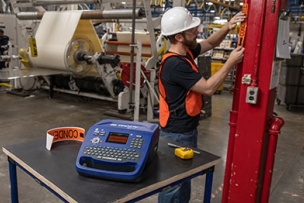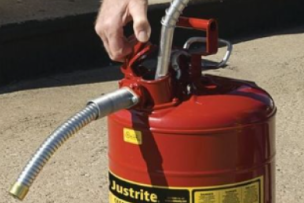It takes a lot to get it right. To be a company that lasts more than 100 years by continually evolving and growing to meet the needs of our markets and customers. Our first-to-the-market and best-in-the-market approach led us to receive hundreds of patents over the years and truly shape an industry. We do what others don't in ways they can't. We offer innovative products backed by years of research and development. Beyond our quality products and reliable solutions, we add value for our customers through strong partnerships and a commitment to solving important problems. Brady offers solutions to help increase safety, security, productivity and performance throughout your facility—everything from printing systems, software and high-performance labels to facility signs, safety devices, expert safety services and more.
An effective wire marking system can make all the difference when on the job. If you’re just getting started with the process of marking wires, it can be a bit overwhelming. Read on to determine which wire marker label option is best for your next job.
5 Considerations When Selecting a Wire Marker
To help you identify the ideal wire marker for your unique application, Brady has identified the five most important considerations to assist you in your selection process.
Marker Durability
Who wants to go through the trouble of marking wires, only to have to replace them when they don't stand up to environmental elements? Definitely not you. Save yourself the time and headache by ensuring you’ve selected the right material for your application. A few factors to consider:
- Will the wire markers be in contact with oil, water, chemicals or solvents?
- Does the application need self-extinguishing properties or requirements?
- Are there any government or special specification requirements?
- Are there any other environmental factors that need to be considered such as dirt or weather?






Talk to Us!
Leave a reply
Your email address will not be published. Required fields are marked *